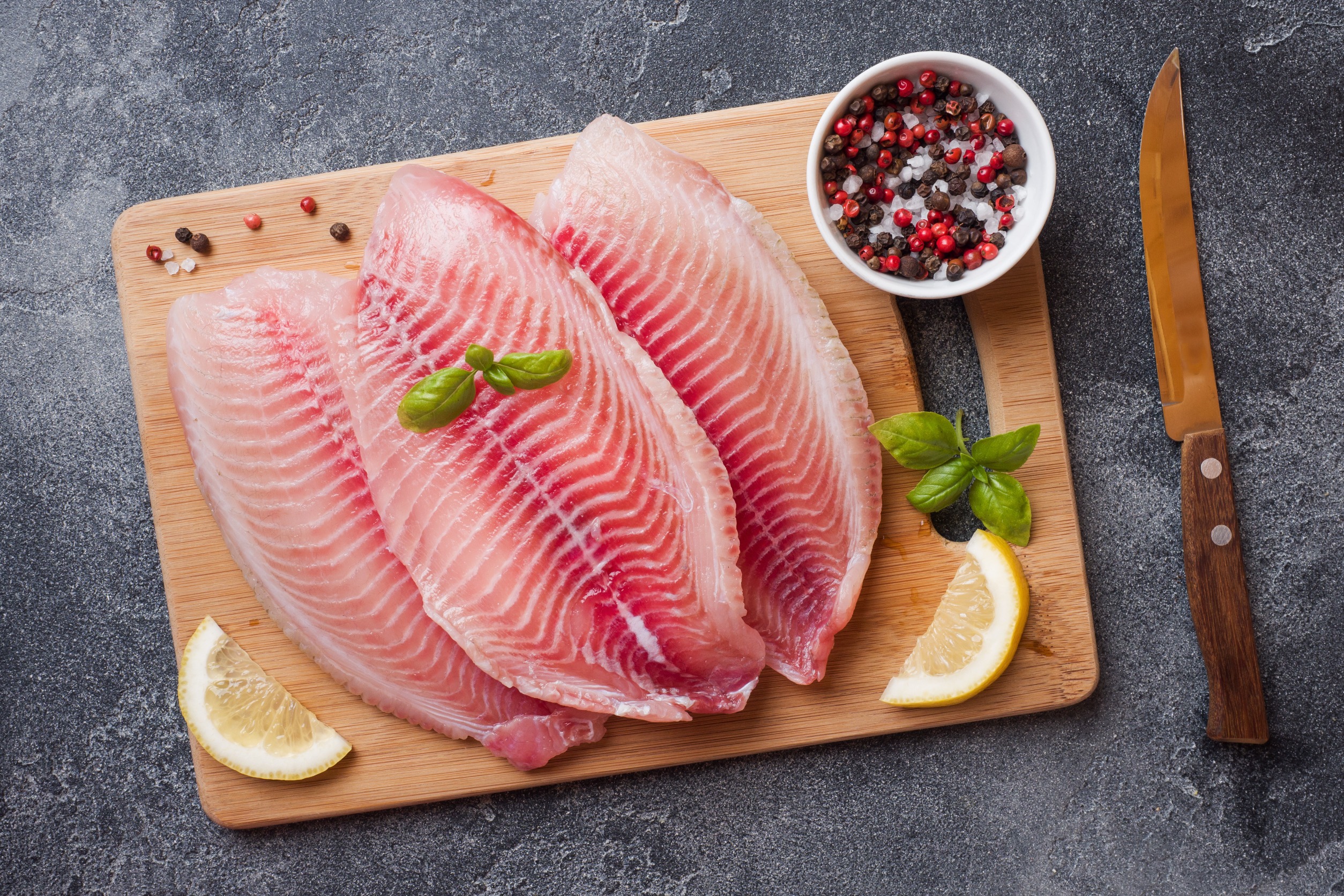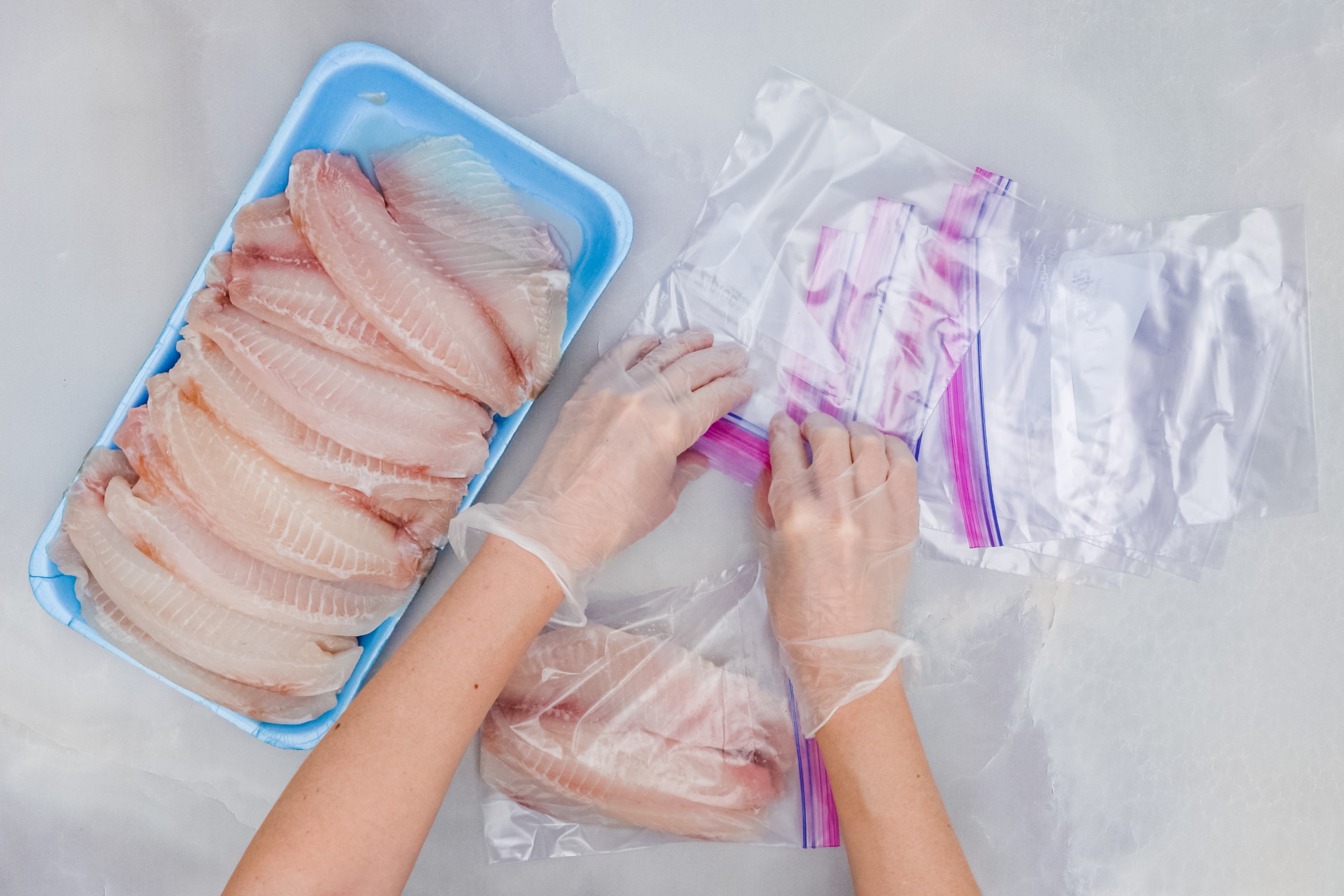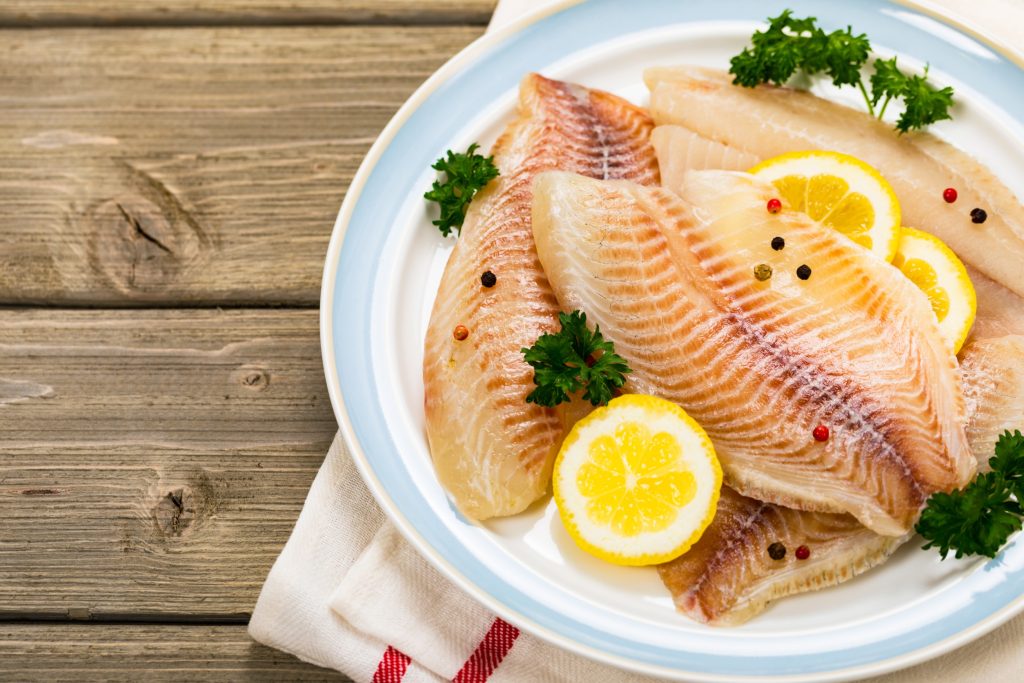Tilapia is a popular and affordable freshwater fish that is enjoyed by millions of people worldwide. In fact, it is the 4th most popular seafood in the United States, according to the National Fisheries Institute. However, many customers often wonder whether or not tilapia can be eaten raw.
The good news is that tilapia can be eaten raw as long as it has been handled and prepared correctly. However, pregnant women and individuals with weakened immune systems should avoid consuming it, as it can contain harmful parasites that can cause illnesses such as listeria or salmonella.
Proper handling and preparation of tilapia are essential to reduce the risk of illness and make sure that it is safe for consumption. By following the measures mentioned in this article, you can enjoy your favorite tilapia dishes without compromising your health and well-being.
Safety Concerns Surrounding Raw Tilapia Consumption

Raw tilapia consumption poses significant safety risks because it can contain harmful parasites, bacteria, and viruses that can cause foodborne illness. These organisms typically survive in the flesh of raw fish, leading to various health problems when consumed by unknowing individuals.
- Parasites: According to research, both wild and farmed tilapia usually contain parasites that may be harmful to humans. The most common of these are nematodes like Anisakis and Diphyllobothrium.
These potentially deadly parasites are commonly caused by eating raw or undercooked fish and are characterized by abdominal pain, nausea, and vomiting.
- Other Health Risks: Consuming raw tilapia can increase the risk of contracting foodborne illnesses such as listeria or salmonella as well.
These illnesses can cause symptoms such as fever, nausea, diarrhea, and vomiting. In individuals with weakened immune systems, these illnesses can be life-threatening.
Because the consumption of raw tilapia can lead to various symptoms and complications, proper handling, preparation, and cooking of tilapia are crucial to reducing this risk for everyone, including your family.
Proper Handling and Preparation of Tilapia

If you want to eat raw tilapia, then you have to be aware of proper handling techniques and the right preparation method. This is crucial to reduce the risk of illness and ensure its safety for consumption. Here are some tips to help you safely handle and prepare tilapia:
1. Food safety protocols
You should always follow proper food safety protocols when handling and preparing tilapia. This includes washing your hands and surfaces and keeping raw tilapia separate from ready-to-eat foods.
If you are looking to eat the tilapia raw, keep in mind that it has to be flash-frozen at a temperature of -31°F (-35°C) or lower for at least 15 hours to kill parasites before it is consumed.
This process is also known as “sushi-grade” or “sashimi-grade” freezing, which is a food safety practice recommended by the US Food and Drug Administration (FDA) for certain types of fish that are commonly consumed raw, including tilapia.
2. Proper storage
If you plan to use tilapia for sushi, it is essential that you store it properly to prevent bacteria growth. Keep your fish refrigerated at temperatures below 40°F (4°C) and consume within two days of purchase for optimal freshness.
3. Handling techniques
When handling tilapia, you can avoid cross-contamination by using separate utensils and cutting boards for raw and cooked fish.
You should also thaw frozen tilapia in the refrigerator, not on the countertop, to prevent bacterial growth.
4. Cooking temperature
Cooking tilapia to the appropriate temperature is still the best method to ensure its safety for consumption.
Once the internal temperature reaches 145°F (63°C) when measured with a food thermometer, all of the bacteria and parasites that may be present in the fish have been killed.
5. Preparation methods
Tilapia can be prepared in a variety of ways, including grilling, baking, frying, and sautéing. These are more delicious and safer cooking methods compared to consuming raw or undercooked tilapia.
Health Benefits of Tilapia
When prepared properly, tilapia can be an excellent source of protein for people looking to build some muscles in the gym. They even boast more protein than other popular meats available on the market, including beef and chicken.
This means that physically active individuals can help meet their daily protein requirements by consuming tilapia regularly. Not only that, but they will also improve their immune systems and get a lot of other health benefits.
Tilapia is also low in fat and calories, making it a suitable option for those who are looking to lose weight. But more than anything else, this fish contains omega-3 fatty acids, which reduce the risk of heart disease and improve brain function.
Who Should Avoid Consuming Raw Tilapia?
Pregnant women and people with weakened immune systems are particularly susceptible to foodborne illness because their immune systems are not as strong as those of healthy adults.
There are some pathogens that can be passed from mother to fetus, so pregnant women should exercise extra caution when eating raw tilapia to avoid birth defects or other problems in the long run.
Individuals who are undergoing chemotherapy or suffering from HIV/AIDS are particularly susceptible to developing severe illnesses as well. If the illnesses are left without proper medical attention, they can be life-threatening.
Final Thoughts
The rising popularity of Japanese dishes like sushi and sashimi has raised a lot of questions regarding which types of fish are safe to eat raw, including tilapia.
For sushi lovers and enthusiasts, the good news is that it can be safely consumed; however, it is still not recommended by most health professionals.
Following the food safety protocols outlined in this article is necessary if you want to safely enjoy the health benefits of tilapia without risking your safety.

